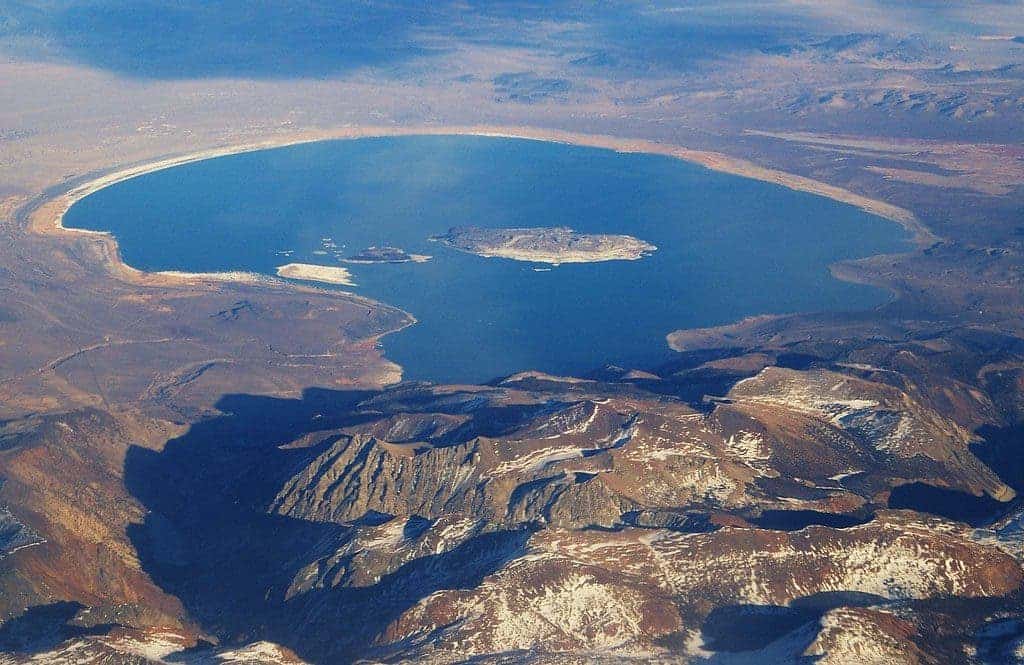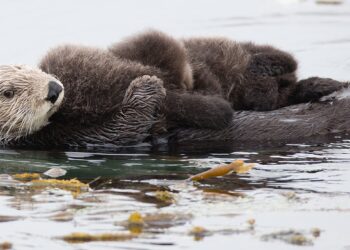Mono Lake (California) is an inhospitable place for most life forms due to its super-salty waters, only known to be tolerated by bacteria, algae, and flies. Now, researchers have found worm species that thrive in the extreme ecosystem — and one of them has three sexes

Biologist Paul Sternberg and his colleagues at the California Institute of Technology thought that microscopic worms called nematodes might lurk in Mono Lake, partially because the wriggling creatures are considered the most abundant animals on the planet.
The team carried out a set of expeditions in 2016 and 2017 to the Mono Lake and found microscopic worms that can withstand 500 times more arsenic exposure than a human. The study was published in the journal Current Biology.
They unearthed eight nematodes that had a variety of mouth shapes. The distinct mouth on each worm may allow the creature to munch on its preferred diet. Some of the nematodes graze on microbes as cows do on grass, while others prey on animals. Other worms are parasites and leach nutrients from their chosen host.
“Previous species were isolated from rich soils and dung, which can contain high concentrations of phosphate,” the authors suggest. “Since arsenic uptake occurs adventitiously via phosphate transporters, it is conceivable that adaptation to high levels of phosphate in the environment could lead to increased arsenic resistance.”
One of the newly discovered species — for now called Auanema sp. — has not one, not two, but three different sexes, the team reported, and carry developing offspring inside their bodies. A look at the worm’s genetic code revealed a mutation in a gene called dbt-1, which helps break down the amino acids that makeup proteins.
Before this study, only two other species had been found in this lake — which is three times as salty as the ocean and has an alkaline pH greater than baking soda. Yet even so, the discovery of eight more species wasn’t all that surprising to researchers. Nematodes are the most abundant type of animal on the planet, so even in the harsh environment of Mono Lake, there’s a good chance you’ll find them.
“Our study shows we still have much to learn about how these 1,000-celled animals have mastered survival in extreme environments,” study co-author Pei-Yin Shih, a graduate student at Caltech, said in the statement






